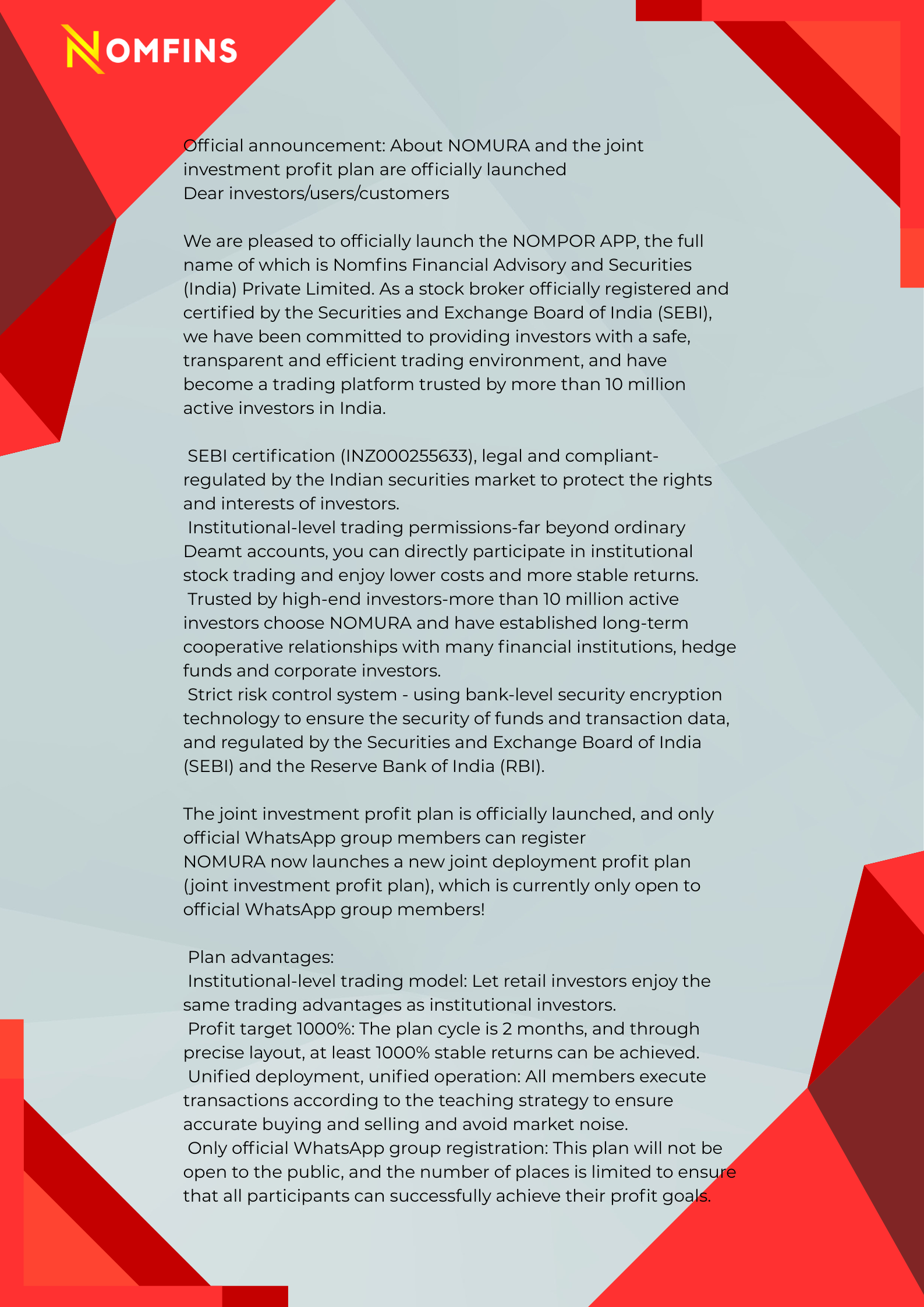Closing the Battery Circle: Revolutionary Recycling Technology
The escalating demand for lithium-ion batteries across industries—from electric vehicles to consumer electronics—has created an urgent need for sustainable recycling solutions. Leon Farrant, who leads Green Li-ion, a pioneering battery recycling enterprise, is addressing this challenge through groundbreaking technology that transforms waste into valuable resources.
The Environmental Imperative
Growing up in Kenya, Farrant witnessed firsthand the environmental consequences of improper waste disposal. Regular trips to local landfills revealed a troubling pattern: fires increasingly caused by discarded lithium-ion batteries. This early exposure to environmental degradation would later shape his mission to create sustainable solutions for battery waste management.
The scale of the problem is staggering. Manufacturing processes for batteries generate substantial waste, with production inefficiencies resulting in 40-50% material loss during initial stages. Meanwhile, the vast majority of spent batteries—approximately 95%—end up in landfills rather than being processed for material recovery.
From Oil Fields to Green Technology
Farrant’s professional journey began in the oil and gas sector, an experience that ultimately reinforced his commitment to environmental sustainability. “Traditional energy wasn’t conducive to my largely off-grid rural upbringing,” he reflects, describing his work in fossil fuels as both a practical necessity and a source of motivation to pursue cleaner alternatives.
After successfully building and eventually divesting from energy service companies, Farrant encountered Dr. Reza Katal, a researcher at the National University of Singapore who had dedicated a decade to developing lithium-ion battery recycling methodologies. This partnership would prove transformative, combining Farrant’s business acumen with Katal’s technical expertise.
Innovation Born from Waste
Dr. Katal’s breakthrough came during his early career in Europe’s nascent battery recycling industry. Initially tasked with extracting only cobalt for mobile phone applications, he discovered that valuable materials like nickel, lithium, and manganese were being discarded while cobalt was shipped to China for cathode production.
Recognizing this inefficiency, Katal developed processes to create precursor cathode active materials (pCAM) that utilize all recoverable components. His spare-time research eventually generated the intellectual property foundation that would become Green Li-ion’s core technology.
Breaking the Profitability Barrier
Traditional battery recycling faces significant economic challenges. Currently, only Chinese companies achieve profitability in this sector, largely due to government subsidies and support. The conventional approach requires massive capital investments—often exceeding $500 million for comprehensive processing facilities—creating barriers to entry and limiting geographic distribution.
Green Li-ion’s innovation addresses these challenges through modular technology that processes any lithium-ion battery chemistry. Their system converts recycled materials directly into battery cathode components suitable for immediate reintegration into manufacturing processes, eliminating multiple processing steps and transportation requirements.
Modular Solutions for Global Challenges
The company’s approach centers on compact, house-sized processing units capable of handling 4-6 tonnes of end-of-life batteries daily. These modular plants can be deployed wherever battery waste accumulates, dramatically reducing transportation costs and carbon emissions associated with shipping materials across continents.
Currently, spent batteries from North America and Europe travel approximately 15,000 miles to Asia for processing before returning as finished materials—an inefficient cycle that Green Li-ion’s technology eliminates. Their facility in Atoka, Oklahoma represents the first commercial-scale pCAM production in the United States, directly addressing this supply chain gap.
Environmental Impact and Regulatory Compliance
Green Li-ion’s technology delivers substantial environmental benefits, achieving 90% lower environmental impact compared to primary material extraction and 77% reduced carbon footprint versus traditional metallurgical processes. These improvements align with increasingly stringent regulatory requirements.
European Union regulations mandate 50% lithium recovery from waste batteries by 2027, escalating to 80% by 2031. Similar initiatives in the United States, including the Inflation Reduction Act, create both opportunities and requirements for domestic battery material processing capabilities.
Market Expansion and Future Vision
The company has successfully deployed eight processing units across North America, Europe, and Asia, serving recyclers, battery manufacturers, and cathode producers. Their technology integrates directly into production lines, automatically processing manufacturing waste and reintroducing materials at the beginning of the production cycle.
Farrant envisions a fundamental shift in how batteries are consumed, advocating for rental or leasing models where manufacturers retain ownership and recycling responsibility. “Batteries can be remanufactured an infinite number of times,” he notes, suggesting this approach could revolutionize the industry’s sustainability profile.
Industry Perspective and Future Challenges
The potential for material recovery is substantial—up to 80% of battery production minerals can be sourced through recycling rather than primary extraction. This capability becomes increasingly critical as demand for battery materials continues to grow exponentially.
While some propose exotic solutions like asteroid mining for future material needs, Farrant maintains that maximizing terrestrial recycling capacity offers a more practical and economically viable path forward. “Extracting minerals from landfills is orders of magnitude easier than mining seabeds or asteroids,” he observes.
Investment and Growth
Despite technological advantages, Farrant identifies capital raising as the primary challenge for cleantech entrepreneurs. Green Li-ion has attracted investment from major energy companies including Petronas and Equinor, alongside battery manufacturers, recyclers, and climate-focused venture capital firms.
The company’s success demonstrates that with sufficient conviction and innovative technology, it’s possible to create profitable solutions that address critical environmental challenges while meeting growing market demands.
Conclusion
As the world transitions toward electrification and renewable energy storage, the importance of sustainable battery lifecycle management cannot be overstated. Green Li-ion’s modular recycling technology offers a practical pathway toward truly circular economics in the battery industry, transforming waste streams into valuable resources while reducing environmental impact and supply chain complexity.
The company’s approach—combining technical innovation with strategic deployment—provides a model for addressing the recycling challenges that will only intensify as battery adoption accelerates across all sectors of the global economy.

